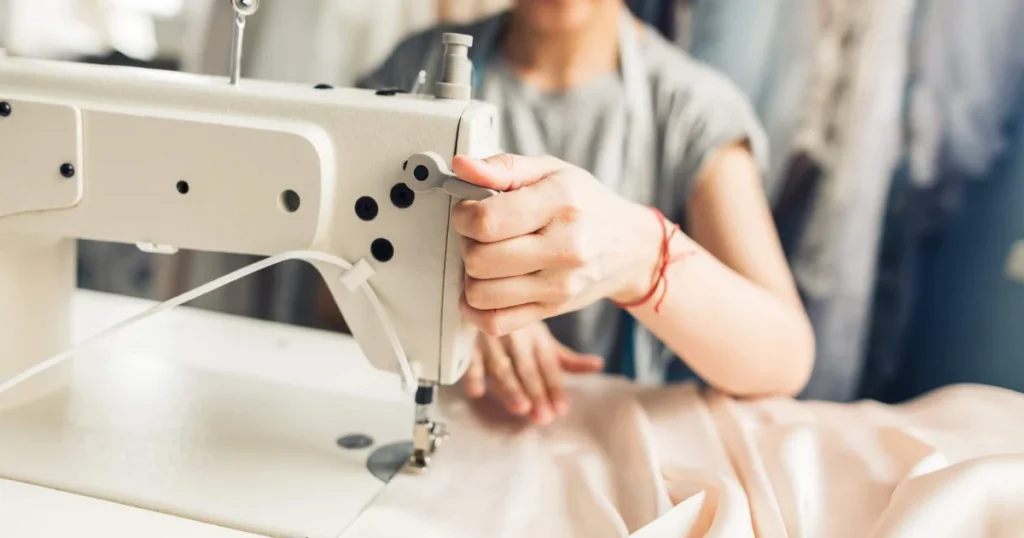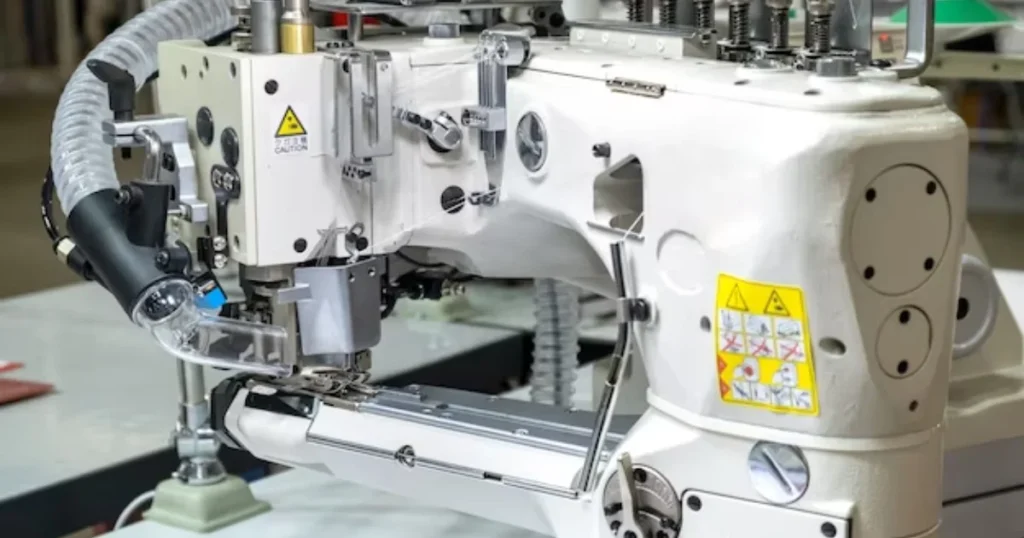How to Use a sewing machine – step by step
Whenever you buy a sewing machine you must have to learn how it works. If you do not know how it works then you are going to learn How to Use a sewing machine step by step A Beginner’s Manual.
How to Use a sewing machine – step by step
When you buy any electronic or machinery, it must have an information book. That informational book indicates the instructions about the given thing. Some peoples are very genius and they start reading the book which carries the information.
But some people do not understand and they need more information. Moreover, sometimes the sewing machine information book contains data in another language that we do not know. So, we have to search the data about it. If you are the same person then you are at the right place Here you learn How to Use a sewing machine step by step.
I’ll brief you on How to Use a sewing machine step by step. I’m going to discuss all the steps here briefly and I hope this information will be useful for you. Whenever you buy anything and you unbox it, you get excited to use it but you do not know it.
How To Use A Sewing Machine A Beginner’s Manual:
A person who starts working with the machine and a user who starts working in that field, are the same. The beginners always need help from the seniors.

Step 1. Insert thread
The first step for using a sewing machine is to insert the thread in the machine to start the work. That step is not just threading the machine but you have to off some thread that can easily reach the needle which is located in the bottom of the machine.
Moreover, the thread does not pass directly to the needle, instead, you have to pass this to the needle after suffering from the different ways.
There are some hanging places where you have to hang the thread. Then pass the thread from some holes and now the thread reaches the needle. This is how to thread a sewing machine.
Step 2. Search, Fill, and set the Bobbin
When the thread reaches the needle, you have to search the bobbin. The bobbins are placed in the box which is in the machine or near the machine. Then fill this bobbin with the thread. There is a specific place for the bobbin filling.
Next, put the bobbin there and start filling it if the machine is electrical then you have to start the machine with electricity and then start working. When the bobbin is filled then remove the bobbin plate which is placed down the needle.
See and wind the area and put the bobbin there. After putting the bobbin there, pull the plate off.
Step 3. Join Both Threads
Here you must have to join both threads to start stitching. Because if both treads are not joined, the machine does not start sewing. Joining them both is necessary for the machine to work. The threads do not join without pushing the needle down.
You have to down the needle, and the bobbin’s thread comes up and starts working. Here maybe sometimes you pull the thread and start the machine when the machine starts. It pulls the bobbin’s thread out. But sometimes you have to put a piece of paper down and then it comes out.
Step 4. Check up and down of handle attach with feet
There is a handle attached to the feet, but it is not at the spot. It is a bit upside. This handle controls the working of the needle. When you down the handle, the machine starts stitching and when you up it, it stops.
Because the handle manages the fabric under the presser feet. Whenever the presser feet are pressed down from the handle. The presser makes the pressure and this pressure helps the machine to sew it.
Step 5. Start sewing:
After learning this setting, take a piece of fabric and start stitching. Check the stitch by putting the fabric in the way and managing the fabric straightly which maintains the sequence. If you are going to stitch the straight.
Just you have to pin the fabric and sew it. For turning stitches, turn the fabric, pin it, and sew. Where there is a turn put the needle down and take the turn and then start sewing.
READ ALSO: How To Use A Sewing Machine For Beginners
Electrical Sewing Machine – How To Use?

The above are some steps that are used with the manual. In the case of an electrical sewing machine, some steps are different. Like, you have to find the plug, plug it and turn it on. Then press the peddle, and the machine starts working.
Here an extra thing for the electrical machine is the presence of electricity. If electricity is not present, the machine does not work. Electricity is essential for these types of machines.
Read Also: Best Mechanical Sewing Machine
Sewing Machine Supplies:
Some supplies used in the sewing machine are given detailed below:
Thread:
Threads are the most important supply for the machines. If the machine has no thread the machine does not start stitching.
Moreover, the upper and lower bot stitches are important. If there is only one thread end the machine stop stitching and creates issues for your machine. Make sure the thread is present here.
Needles:
The needles are a vital part of the machine, one needle is attached to the machine and some needles are in the toolbox. Make sure that the needles are in the toolbox.
Whenever your needles break or make issues you can detach it and attach the other needle and continue your work.
Fabric:
The fabric is also an essential thing, if you do not have the fabric the machine does not start working. As it can not sew without it. Make sure the presence of fabric is of the best quality. Which can easily go through the sewing machine and does not create issues.
READ MORE: Serger Vs Sewing Machine – What’s the Difference?
FAQs: How to Use a Sewing Machine Step by step
Here I am going to tell you some FAQs related to the topic of How to Use a sewing machine step by step. FAQs are given there:
What are the basic steps to sew by using a sewing machine?
Some steps necessary for the sewing are given here:
- Thread the machine, and pass this thread to the needle.
- Put this thread into a needle.
- Now fill the bobbin and put this bobbin in the machine.
- Put the fabric down the needle.
- Now you can start the machine and start the work.
Whether sewing is hard or not?
Sewing is not a hard skill but it’s not easy as you are expecting. In starting you may say that sewing is hard but in the coming days, you realize that you were wrong. Sewing is not hard if you focus on it and pay full attention. The attention makes the task easy for you and you can be done it easily.
Sewing skill is a lifetime or a small-time skill?
The sewing skill is a lifetime skill when you invest your money in the skill which will be long lasting. It will be profitable for you. Sewing is one of that skills. When you learn this skill you can utilize this skill for a whole life.
Maybe the trends and designs of the dresses change from time to time, but this skill won’t change. You can be used to these coming skills. Sometimes when you are getting down, I advise you to be patient and the conditions will be discovered from practice. Practice will make you perfect.
What are some basic stitches?
The Cross Stitch, Back Stitch, Slip stitch, Blanket, and Zig Zag stitches are some basic stitches. If you know about these stitches you can be very used full for a person with different skills. These are some famous and basic stitches that you should know.
Is Sewing a good hobby?
Yes, Sewing is a good hobby, it does not just make you busy with work. But this work can become a source of earning. This can make you a creative person. That creativity helps you to become more creative, efficient, and humble.
Conclusion:
The above information is about How to Use a sewing machine step by step. The sewing machine use is not so difficult, you can sew the fabric on your own but if you have a bit know how about it.
Finally, when you have followed the steps given above you can know about the sewing machine parts. These sewing machine parts help you to continue your work nicely.